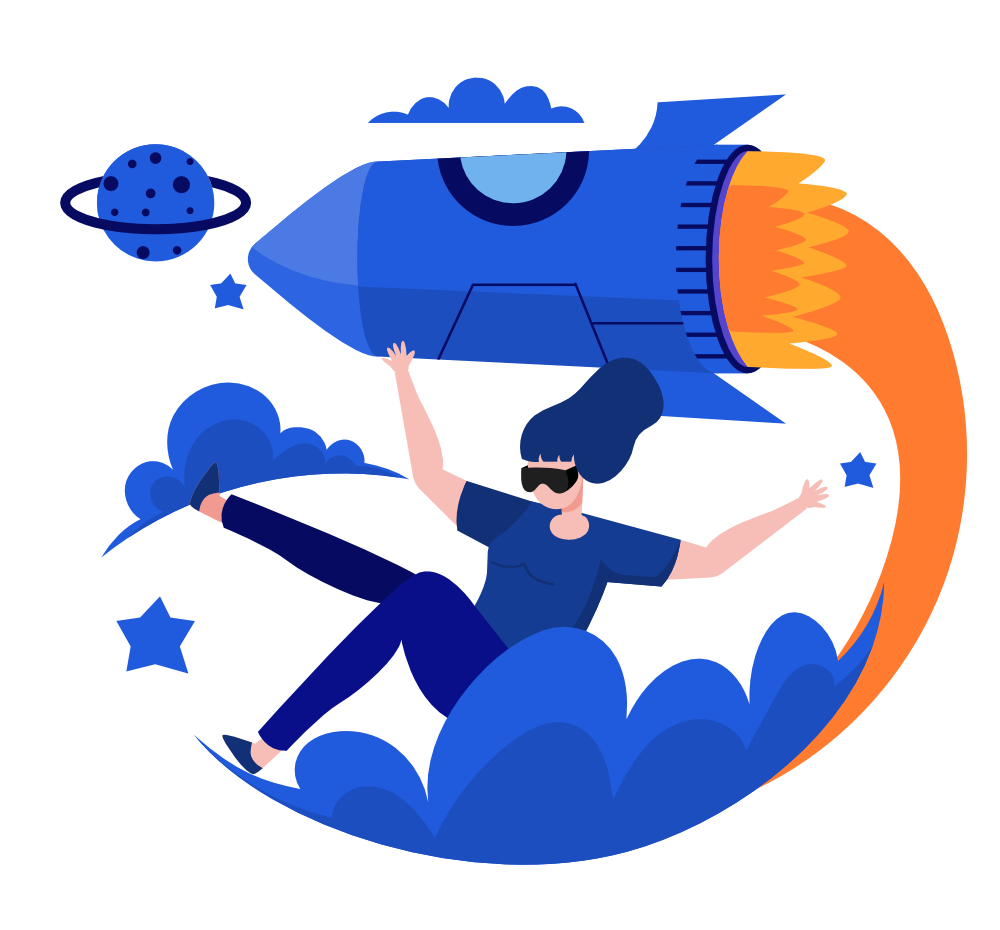What will be the future of corporate training?
The world is changing incredibly fast. Younger generations are growing up with tablets and mobile phones, and nurseries and schools are experiencing interactive whiteboards and computers. They are printing on 3D printers. The world around us is moving into the online space.
Big technological changes in companies, digitalization, automation, and robotization. All this brings with it completely new demands on education. Most of the revolutionary changes we are not able to evaluate at any given moment, but only with hindsight. We will see through what lens people will look at virtual and augmented reality trends in ten years.
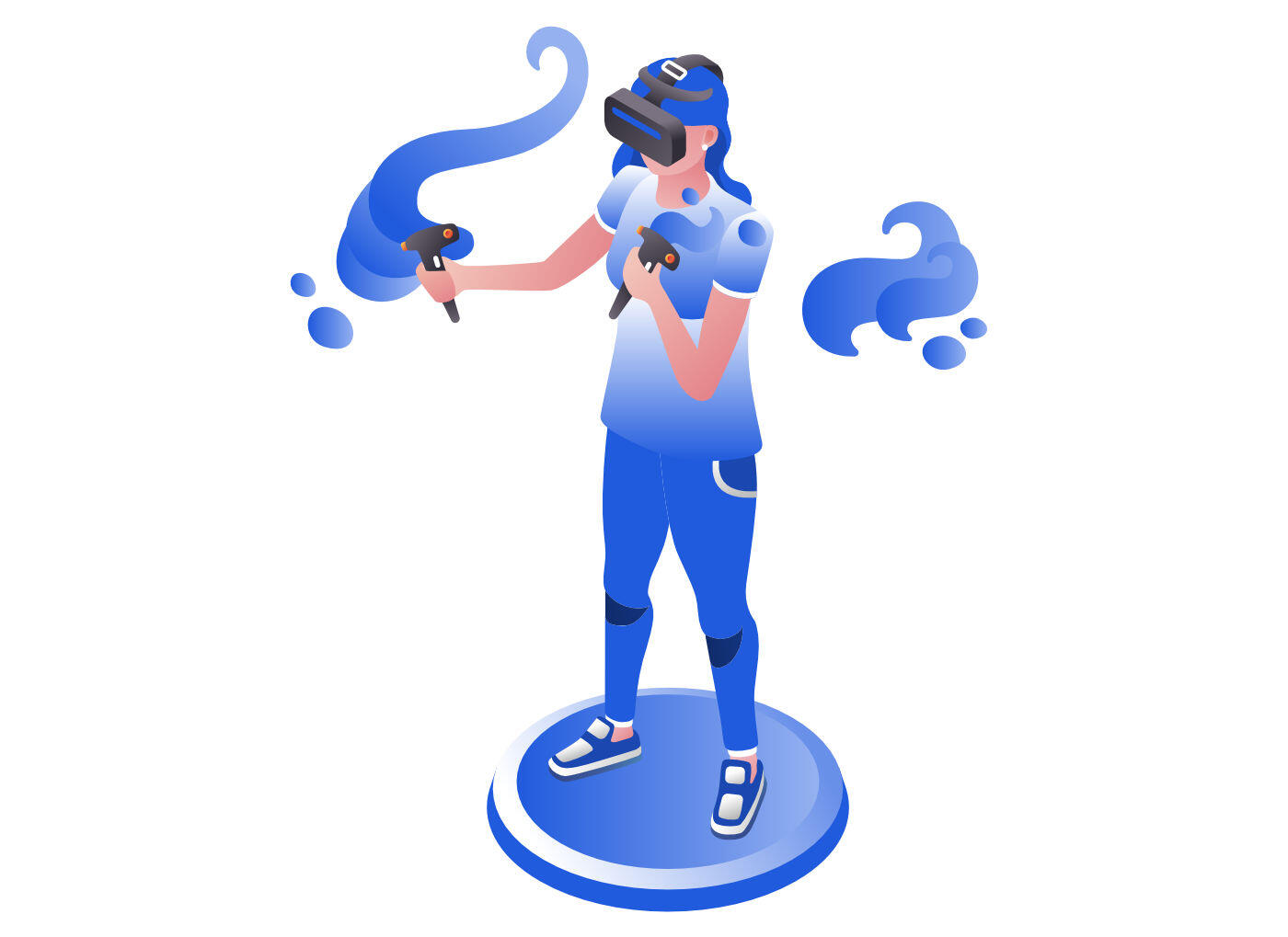
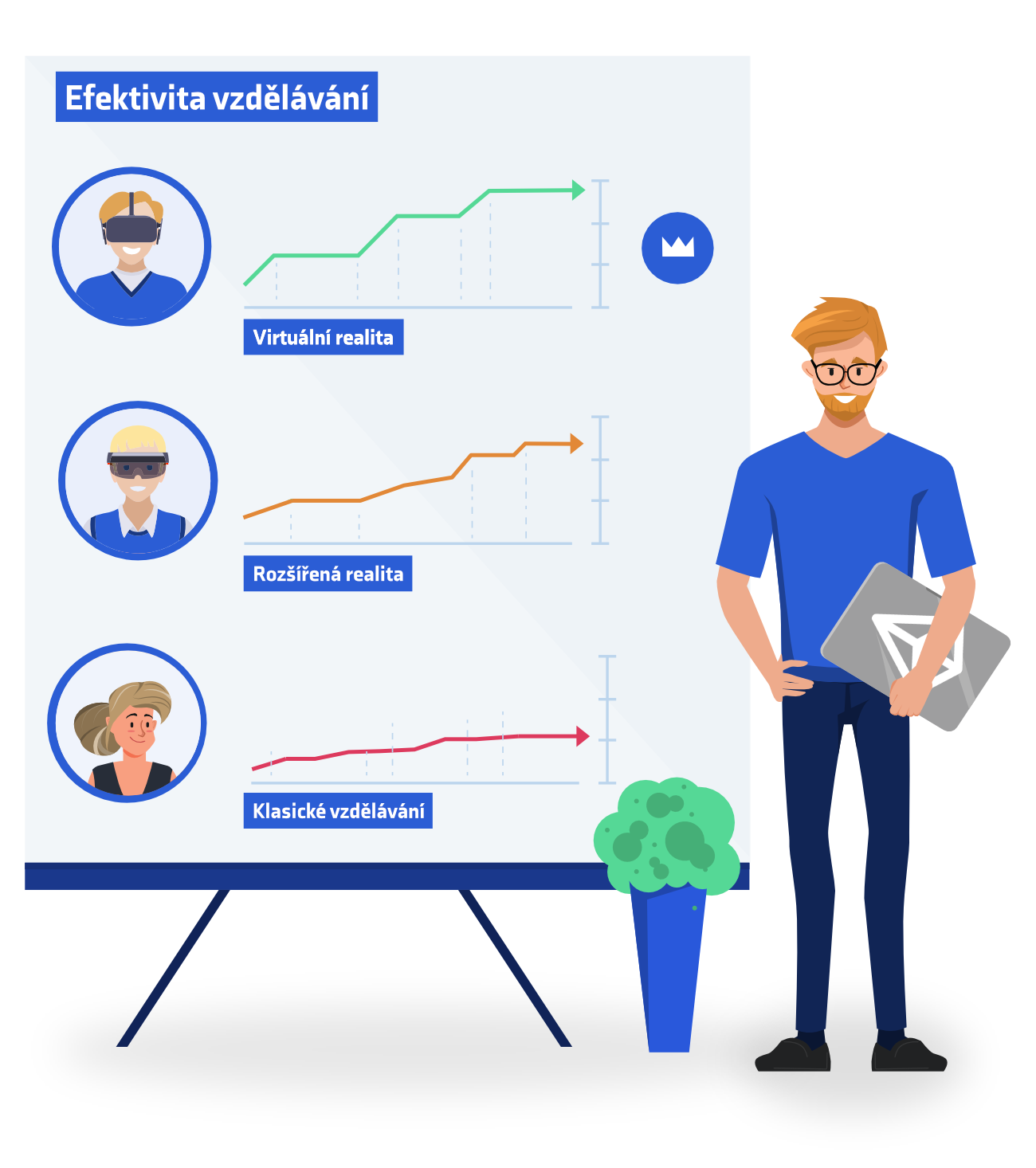
Education is a service
This is related to the different quality that the client may receive from different providers. The emphasis will increasingly be on lifelong learning. It may be necessary to adapt more frequently to new conditions and even to change one’s field of activity completely several times in one’s lifetime.
But where to find the motivation to learn continuously and of one’s own volition? Both professionally and in terms of so-called soft skills. We could also use the basic theses and trends of modern education for this. It’s a strange paradox, but if you really want modern education, I recommend going back to the work of the great Czech who lived here four hundred years ago.
Comenius and his slogan „school by play“. It’s all about making education visual, fun and ideally linked to experience. In this way, the topic discussed will also become better embedded in the memory of the participants.
Modern education
is to educate participants to be able to work with information, understand the context, work in a team and communicate effectively, to translate their knowledge into skills and apply them in everyday activities. This implies that there is a need to bring much more interactivity into education.
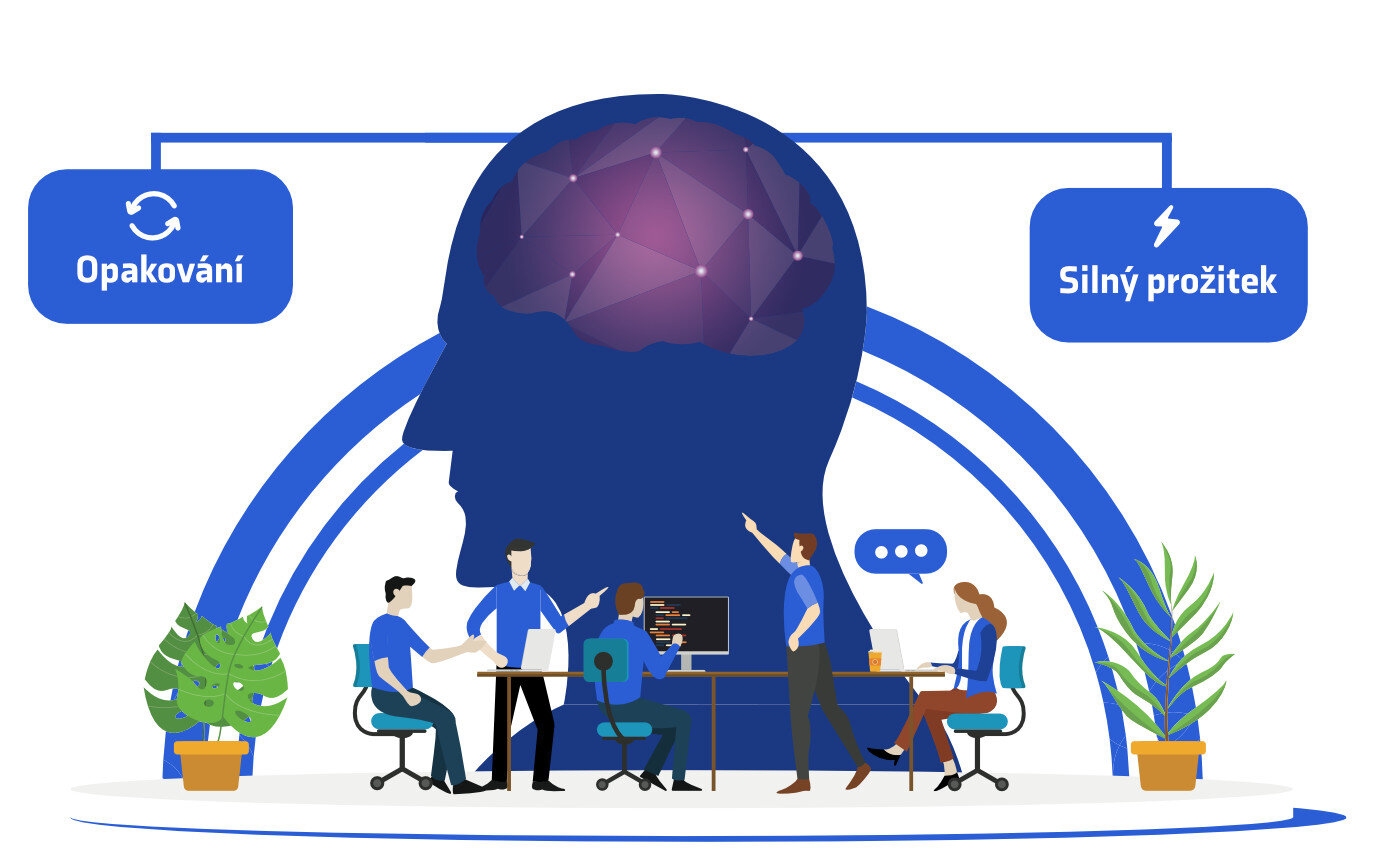
This is where virtual and augmented reality offers an excellent solution. Virtual reality makes it possible to take education to a whole new level. A level of emotional experience of a certain reality that we need to better remember, even if only virtual.
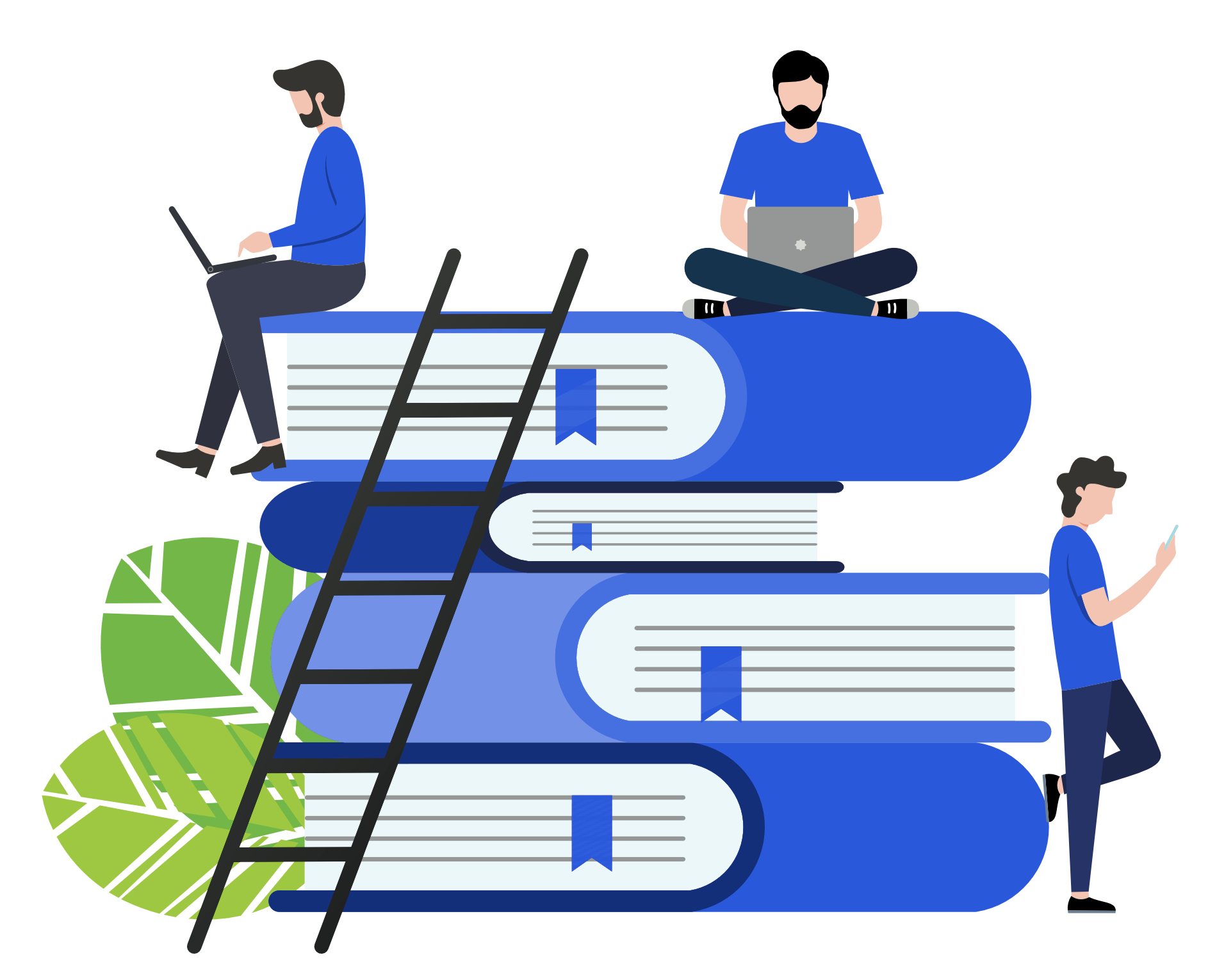
It’s a new variant of interactivity. Once immersed in a simulation, video or interactive application, the participant gets a sense of presence in the environment and in time, far more than just the feeling of observing a particular event or environment from the outside. Sensory feedback allows for sensory data about the environment based on the user’s own experience. The final characteristic that is essential for virtual reality environments is interactivity.
Interactivity options
It is possible to navigate through the created world and interact with objects, characters, and places. Shape, rotate, tighten, cut, change. You can just watch a complex machine being set up by the best craftsman from the production and hear his commentary too. You „look right under his hands“, you see further instructions on a virtual projection screen, and after the adjustment, you start the machine, hear its sound, and see how everything „works“.
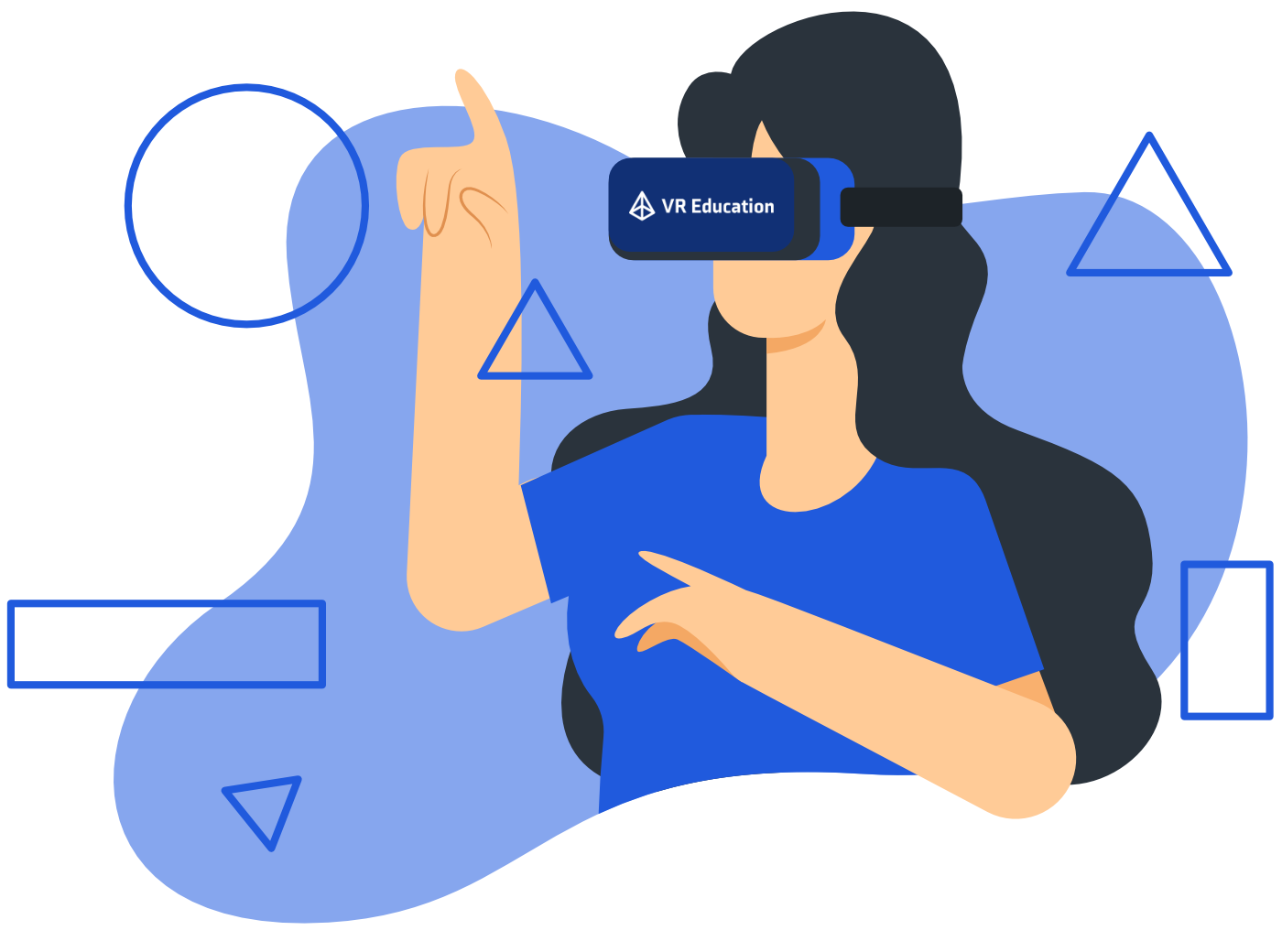
You can experience the same thing from a first-person perspective and even increase your self-confidence that you can do it. Then you take off the VR goggles and stand in front of the same machine you just set up. You know you can do it and you can do it. You can be transported to the rainforest for a moment amongst a bunch of gorillas and after 5 minutes amongst them, you get the basic principles of communication in „our bunch“.
You can use this space in your company during the recruitment process, when you are welcomed by the CEO, you can sit with him over a cup of coffee or he will show you around the company and then give you the floor. The thing is, you know what he looks like, you know what his voice is like, you’ve seen him, you’ve had coffee with him – you have an experience, yes only in VR, but you have an experience. It’s a whole different level of experience. Suddenly, it’s no longer a stranger that you only perceive because of a photo from your company website.
We offer simulations of various crisis situations within different processes in the company. We are able to offer you non-traditional soft skills training, it’s like talking to your coach, and at the same time, you experience the analysis of different situations and places within the given topics. We are able to do the same within your specific training, a so-called tailor-made training program. A lot of clients today are using VR to train people for certain positions where there is more employee turnover.
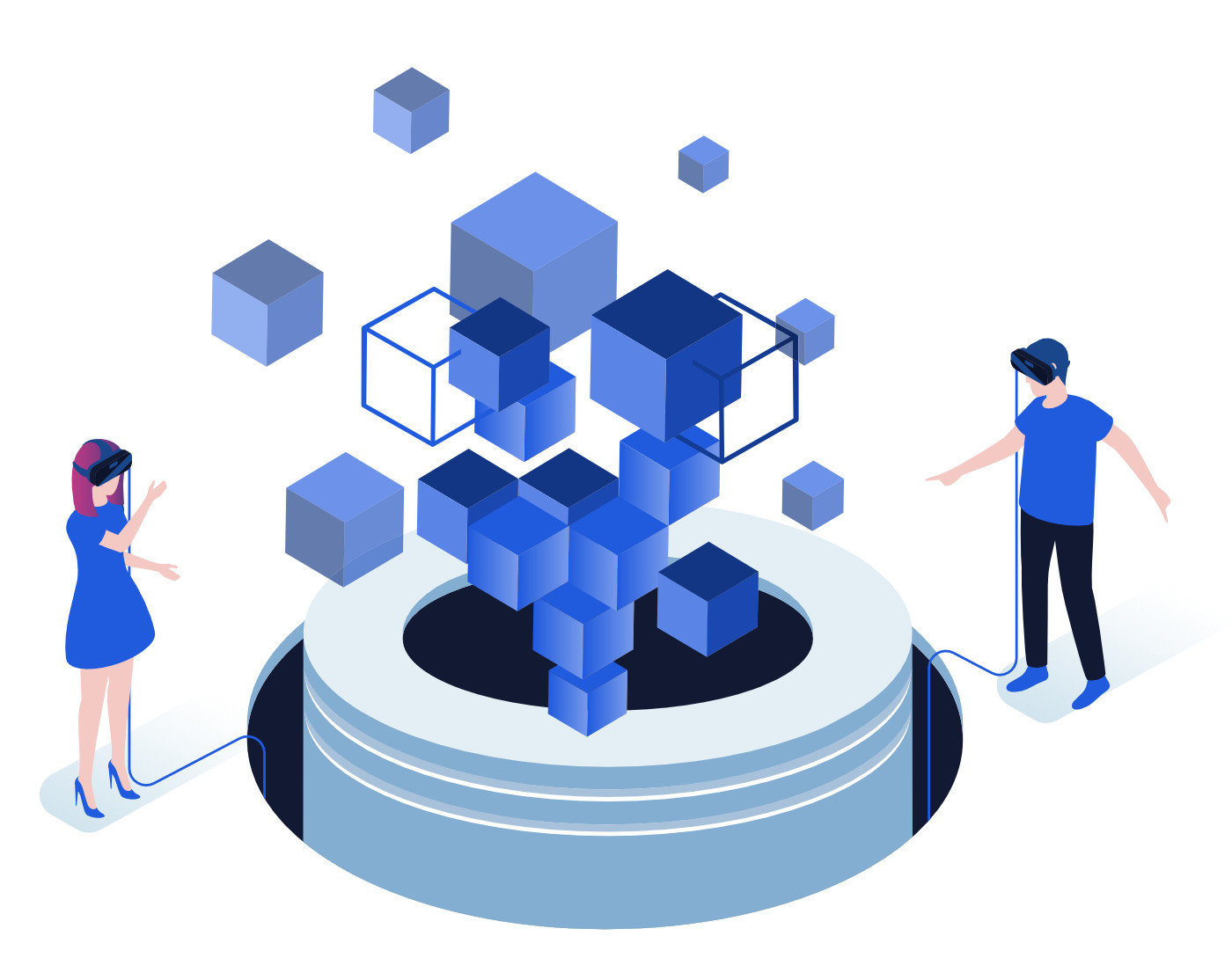
Another excellent venue is the sometimes „boring“ yet very important OHS training sessions, where you can convey to the participants the negative experiences of what would happen to them if they do not follow certain things according to the given regulations. However, this negative experience of an injury or accident is caused by the realisation that in the real world this can sometimes be too quick and often irreversible.
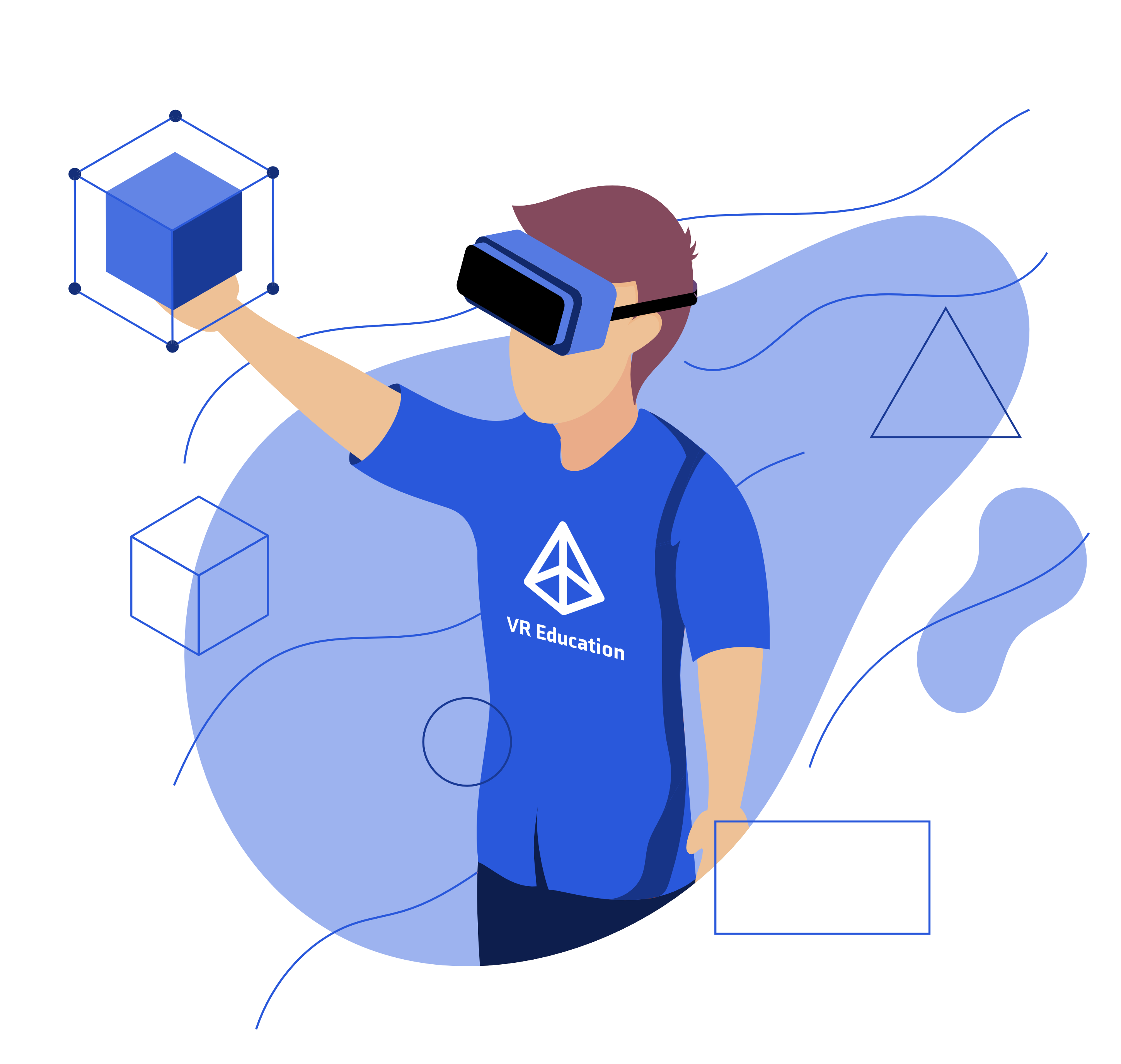
The results from the companies that have started to implement these training videos in their training programs are very encouraging and motivating for the companies to continue preparing further training modules.
Use of virtual reality
The moment we connect these 360° videos shot for VR education with interactive applications, we get to train the necessary skills.
The simulations allow young surgeons to practice their surgical procedures in virtual reality and hone their skills to perfection before they have their first live patient on the operating table in the real world.
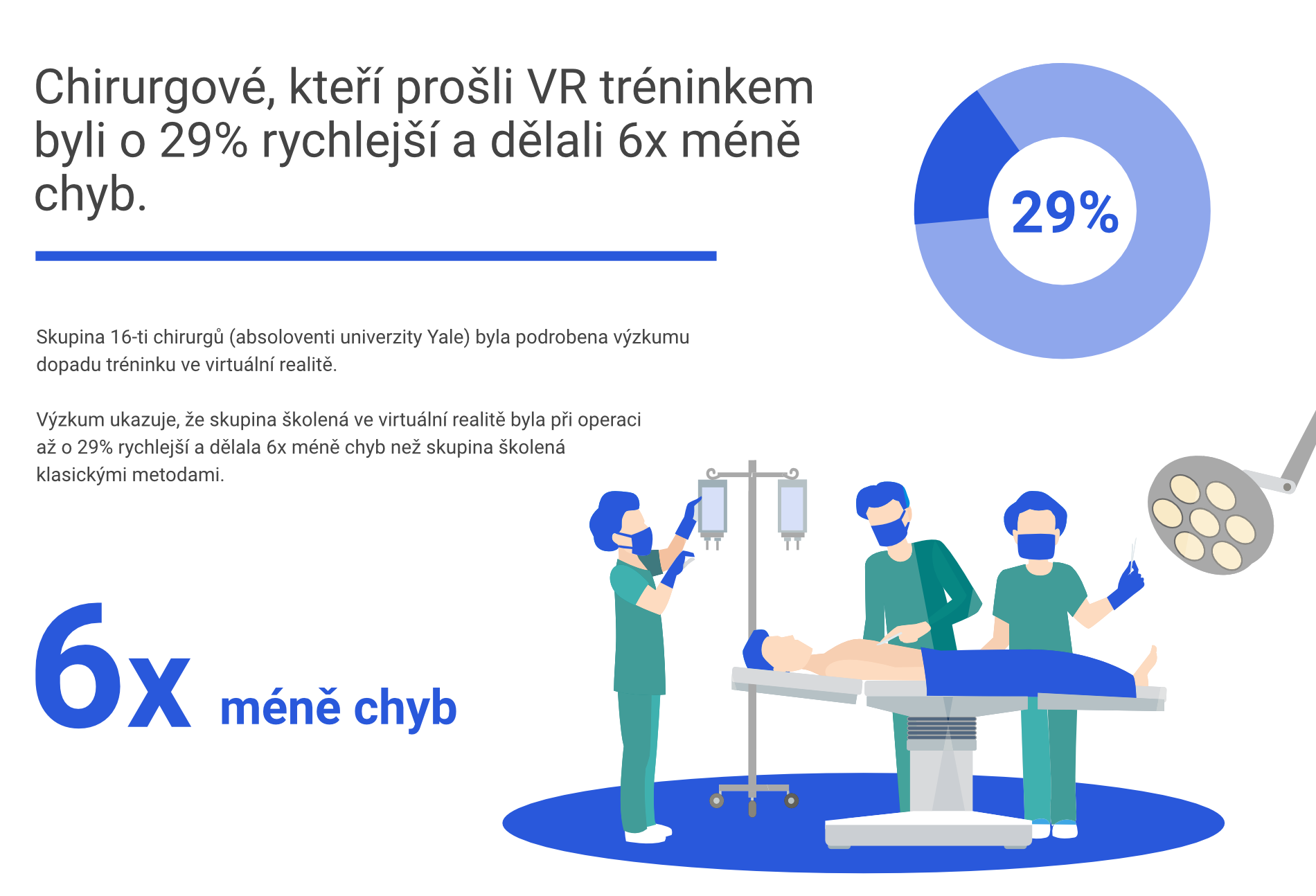
Realism combined with virtual reality training greatly accelerates learning and the acquisition of necessary skills.
In a virtual reality world, employees can simultaneously see three-dimensional presentations, multiple views, additional 2D videos projected on a screen, and visual and audio feedback. This combination creates a deep sense of motivation and focus leading to mastery of complex topics, skills, or experiences.
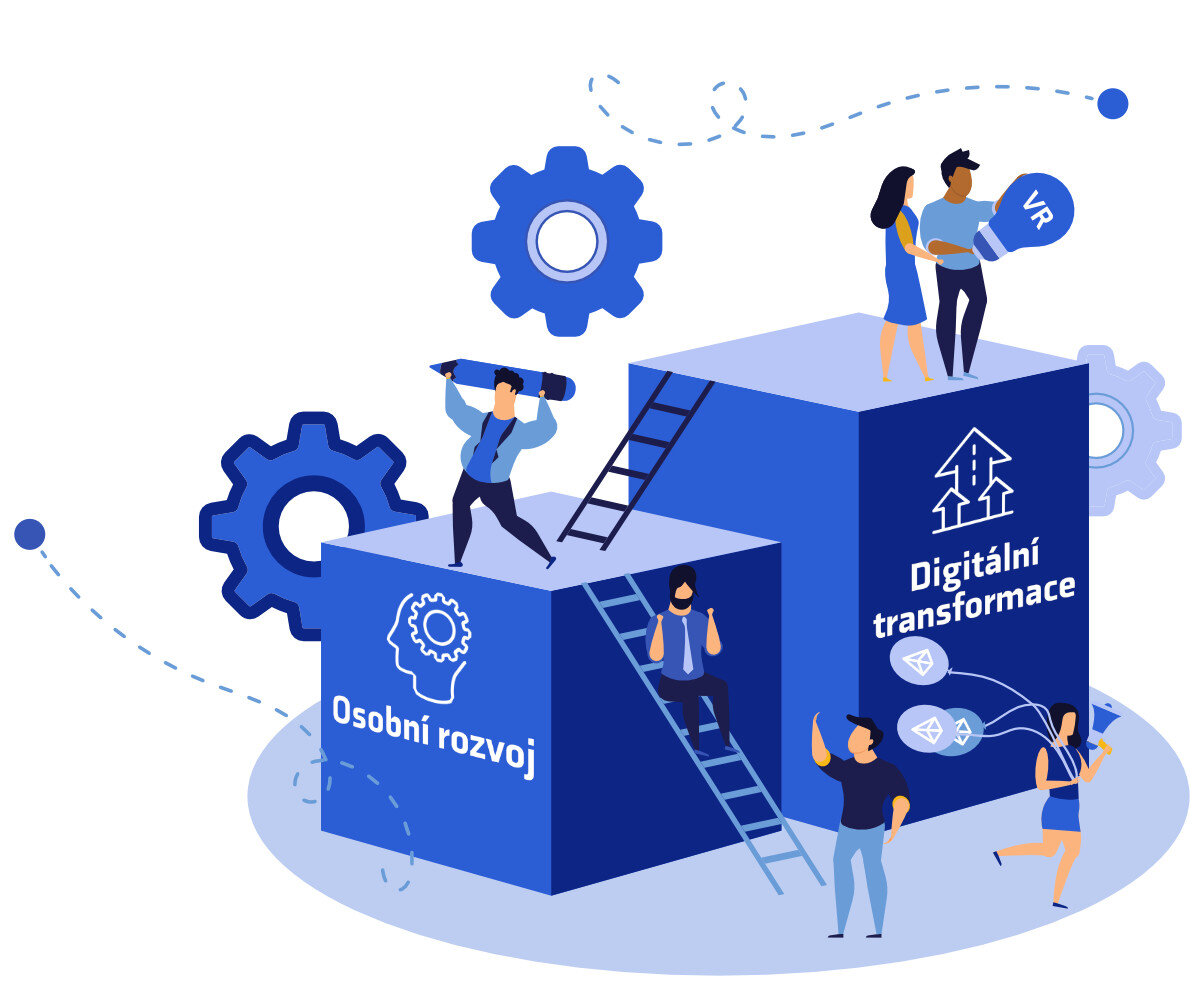
In a virtual environment, many companies are starting to use applications for conferences, meetings, and meetings. In today’s era of online meetings, there is an advantage of almost 100% concentration on the topic being discussed or the meeting itself. Meeting participants don’t open other windows on the computer, they don’t reply to emails, because when you put on the VR glasses you are in that VR environment with all your concentration. Then you see yourself there with others, yet only through avatars.
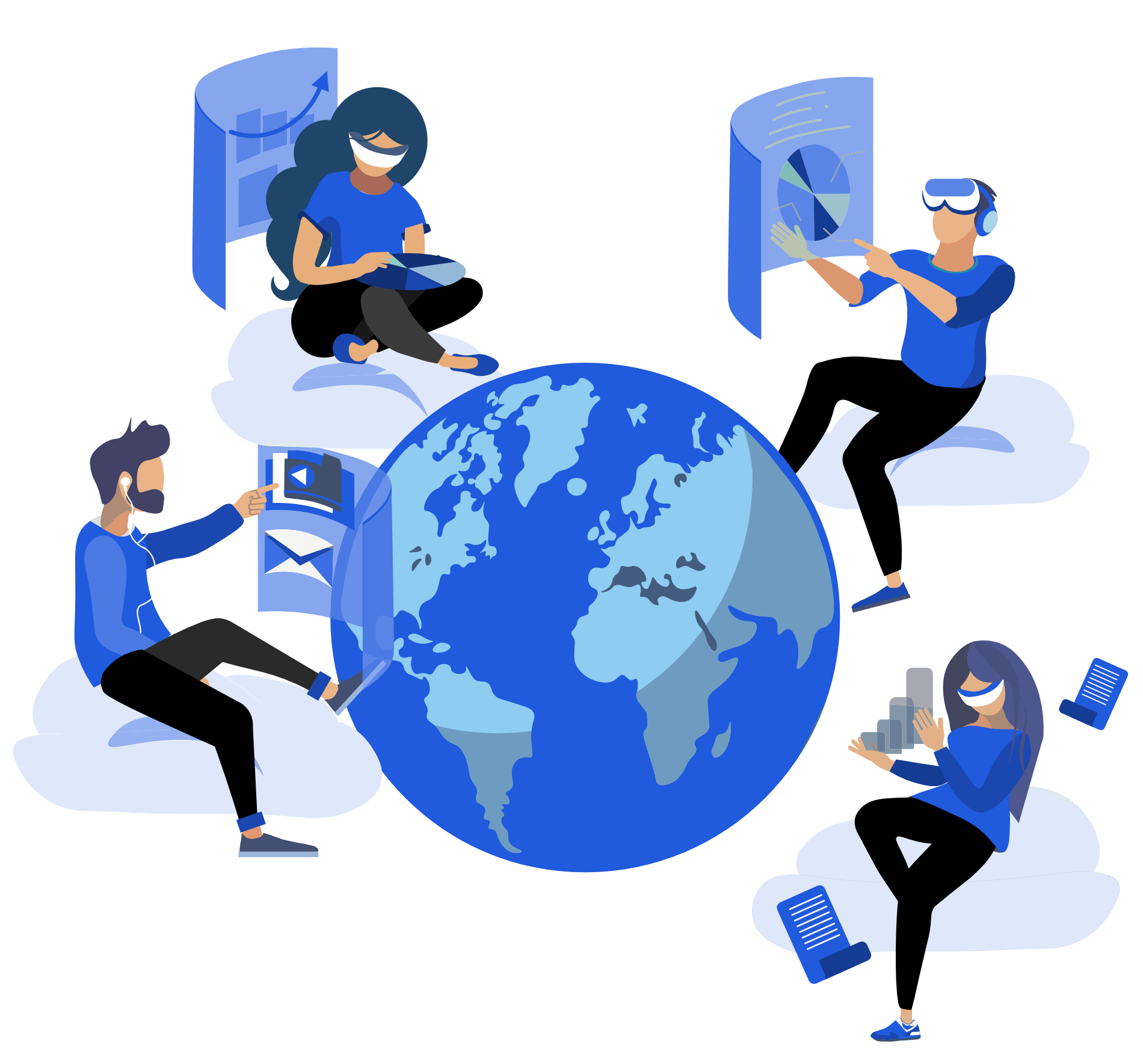
You can hear each other and interact with each other. You can use the environment to share items, files, screens or notes.
An example is today where these connections allow us to have quality meetings.
How are the videos created?
Our experience with VR adoption and the individual steps are as follows. It’s a new technology, unknown to many people, so everyone involved is approaching it with caution. We don’t want to make a mistake and lose a potential long-term client-partner because of it.
Companies that do not want to invest hundreds of thousands of dollars in something they do not know and are not yet convinced of the benefits of this investment. Most of the time, someone in the firm will start and raise this banner, this challenge, and gradually bring it to the first meeting and sound the sound of a pilot coming out.

Here we come up with a model where we help you adopt VR into your corporate training or marketing activities. Our solution is an introductory meeting – a showcase, where we show clients in detail the possibilities of using VR. Within the corporate environment. We follow this up with a pilot – this is the first smaller project. Here we try to define as best we can a place within the company where a VR program can serve as a quality and meaningful support material that can be shared with as many people within the organization as possible.
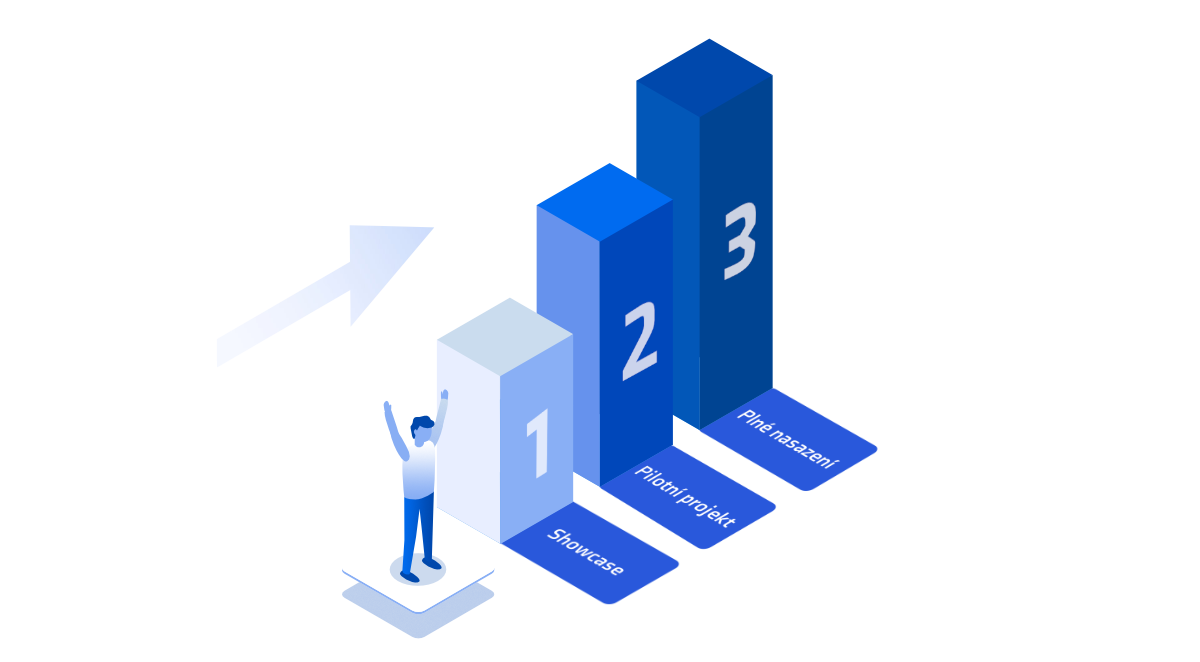
We will supplement this video with the necessary graphics, green screen, 3D objects, questionnaire, questions, and other interactive elements and only after mutual agreement on the content and form we will hand it over for our own use.
If we create a VR training video on, for example, occupational health and safety, or a video with a marketing overlay, and this video is viewed in a management meeting by, for example, the HR director, the economic director, or the production director, they will usually find that topics that could help them in this interactive form of learning automatically emerge and only then do we move to the second phase, when we set a comprehensive development plan for the whole year with the main points, topics and deadlines.
How much does VR cost?
Nowadays, we are also very much helped by the low cost of purchasing VR glasses, with prices for one headset ranging from 10 to 20 thousand CZK. The best practice we have with Oculus Quest 2 goggles.
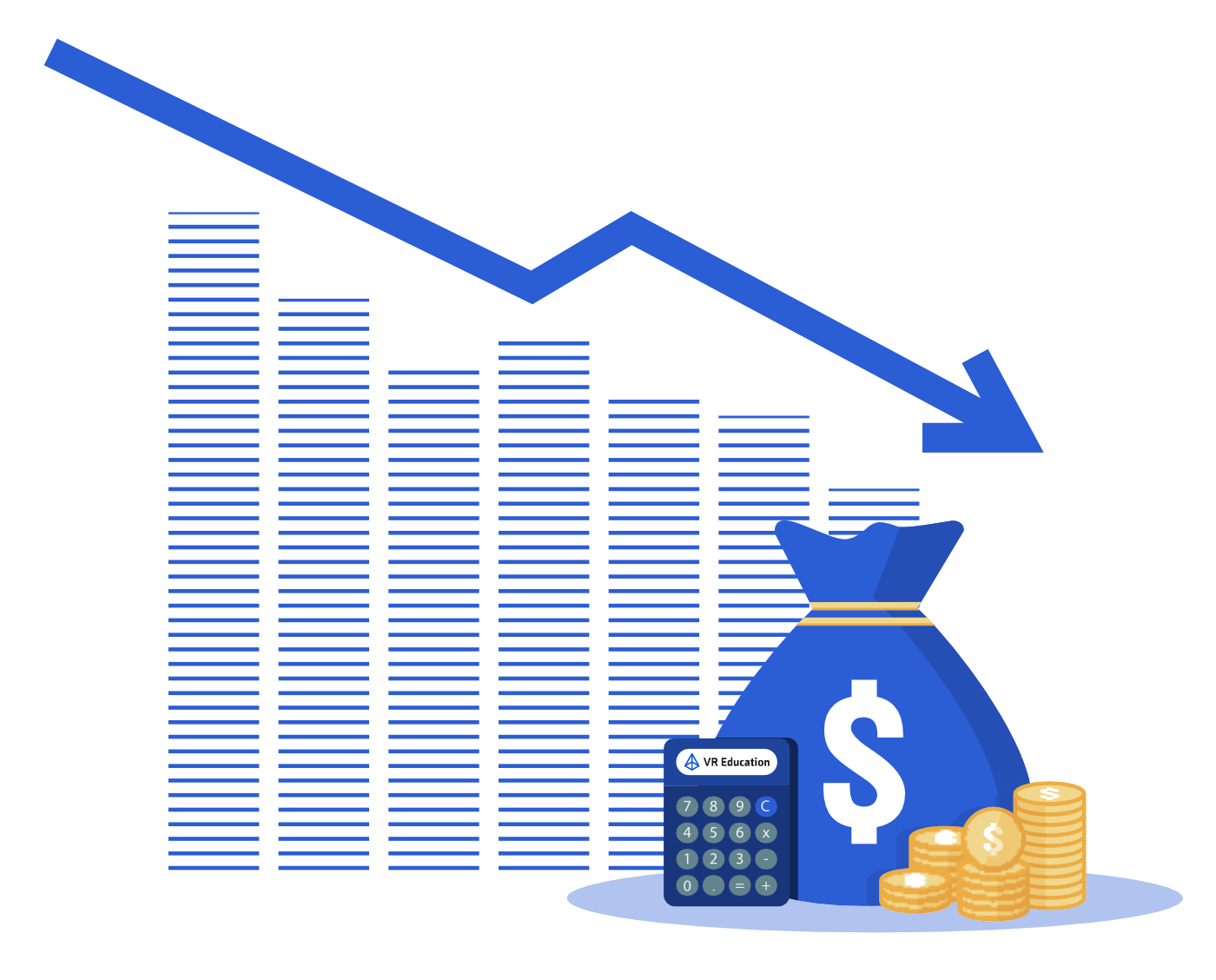
The basic use no longer requires additional equipment, purchase of programs, applications, connection to computers, and other limitations resulting from technological complexity and operation. After all, everything is very user-friendly and intuitive.
In terms of time availability
We’re getting to nice short-term planning dates. From the actual assignment, script preparation and its mutual agreement, shooting, and post-production work, we achieve deadlines where most assignments are completed within 1-2 months. These times are very much dependent on the project teams working together.
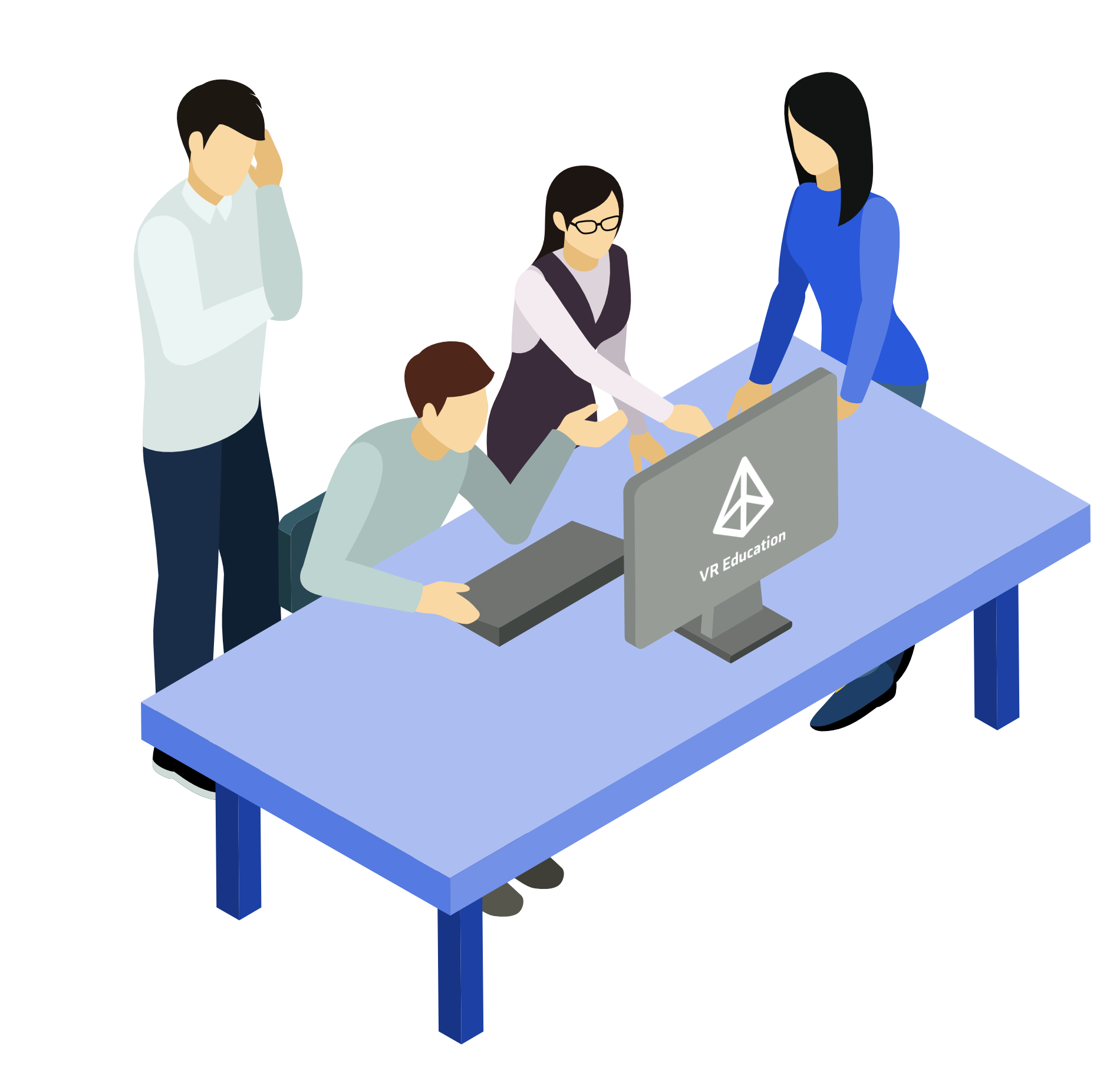
There are many other benefits that our clients present after their own implementation, related to saving time on training, saving money, more efficiency in the time spent on training, better feeling of training = mediated experience
It is often the first experience in virtual reality for many adults. It also helps the company to practically deliver the vision and strategy of the company reflected in their corporate strategy – the company of the future
